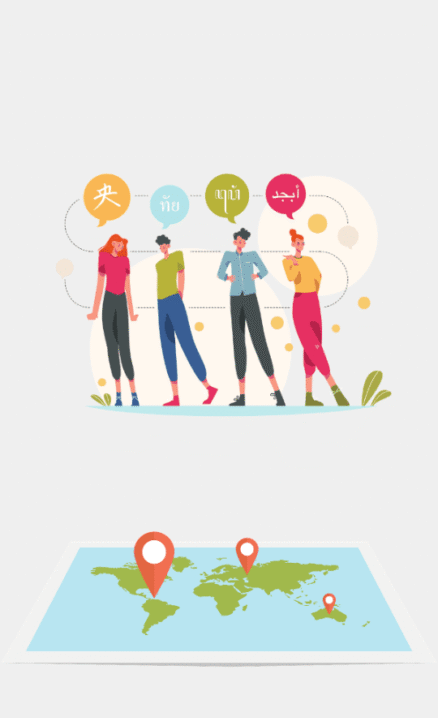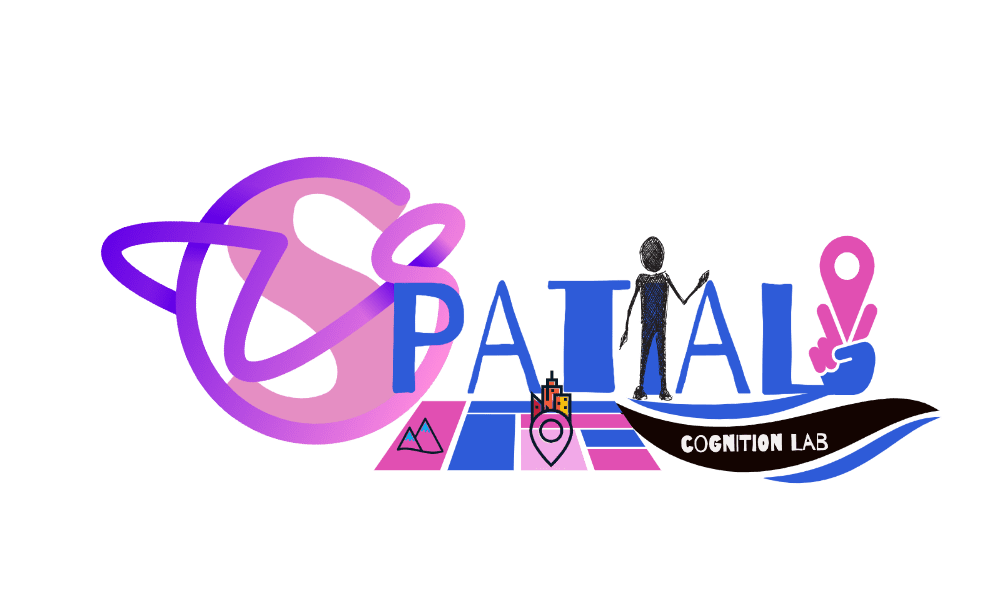Mental Imagery
Mental imagery is the ability to see with the mind's eye, allowing one to relive objects, places or events already experienced, but also to visualise future events, objects that do not yet exist and fantasy worlds. This extraordinary ability that humans possess is the basis of abstract thinking, divergent thinking, human navigation and language (Palmiero et al., 2016; 2015).Specific disorders have been described that vary from the absence of the ability to imagine (aphantasia, a condition that occurs in healthy people) to the loss of specific images (imaginative neglect for places and/or objects a disorder affecting patients with acquired brain damage: Guariglia et al., 2013).This ability also undergoes important changes over the life span and it is affected by individual differences (Piccardi et al, 2015; Palermo et al., 2016; Palmiero et al 2016)


Individual differences in Spatial cognition
Spatial cognition is influenced by internal and external factors. The former include individual differences, such as differences in gender, age, navigational strategies, cognitive styles, familiarity with the environment or professional and/or sporting experiences, which determine different spatial orientation skills (Nori and Piccardi, 2011). For example, men use more complex navigational strategies, but women do not differ from men when they reach an optimal level of environmental learning (Piccardi et al., 2011). Cognitive styles then determine the ability to grasp different aspects of the environment, while professional or sporting experiences allow the individual to excel at certain navigational tasks (Giancola et al., 2021; Piccardi et al., 2016; Verde et al., 2016; 2014;2013). These differences emerge from different performances in such tasks and the way individuals observe the environment (Piccardi et al., 2016). Although internal factors represent aspects of innate propensity it is possible to improve navigational skills and environmental knowledge steps through dedicated training (Boccia et al., 2017) or by acting on external factors of the environment, introducing emotional landmarks (Palmiero and Piccardi, 2017; Piccardi et al., 2020) that enhance performance and developing environments that are flexible to different individual characteristics
Topographic Memory

Topographic Memory allows maintaining online, learning and recalling environmental information. It is related to homing behaviour and it is dissociated from visuo-spatial memory in the space of reaching (i.e., Piccardi et al., 2008; 2010; 2011). In fact, brain lesions can selectively impair the ability to memorise the environment but not the ability to remember the distribution of objects in space (Piccardi et al., 2010; Bianchini et al., 2014). An fMRI study has shown that although the brain network involved in the two memories is similar, there are areas specifically involved in topographic memory and in the memory for the reaching space (Nemmi et al., 2013).Its development also follows different evolutionary stages: memory in reaching space develops earlier than memory in navigational space (Piccardi et al., 2014). This difference can be explained from a functional point of view: first we know the space near us and then we explore the space around us.
Divergent Thinking
Creativity has been identified as a predictor for educational success and wellbeing, and has been proposed as away to improve the quality of life in healthy and pathological aging (Palmiero et al., 2012, 2014, 2016 a,b; Palmiero, 2015).Within this perspective mental imagery interfaces with mental imagery for providing access to thoughts, symbolization, and combination of elements, facilitating the emergence of new ideas and creativity. General creativity relies on multi-componential neural networks supporting executive functions, whereas domain-specific creativity (verbal, musical and visuo-spatial) roughly depends on different functional specialized brain regions (Boccia et al., 2016; Palmiero et al., 2016).

Travel Planning

When the road we are travelling on is interrupted by road works and we have to take another road to reach our destination, we are solving a problem. Before reaching the place of an important appointment we plan the most convenient route taking into account a number of factors (e.g. traffic, shortest route, presence of tolls), this form of planning is called “travel planning” and is dissociated from our ability to plan other types of actions (Bocchi et al., 2017). In all these situations we are using executive functions closely related to spatial cognition.
Emotions and mood interface with navigation
Mood can be controlled and experimentally manipulated via different induction procedures, for example using music or emotional pictures. When emotional landmarks are used during navigation performance increases and individuals tend to remember the route and environment more. Both positive and negative landmarks affect topographic memory (Palmiero and Piccardi, 2017; Piccardi et al., 2020).To manipulate emotional contents of the environment may have important spin-offs in the rehabilitation of spatial orientation deficits.




